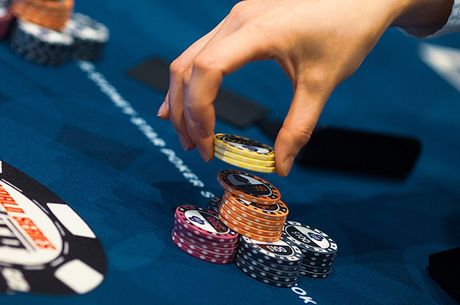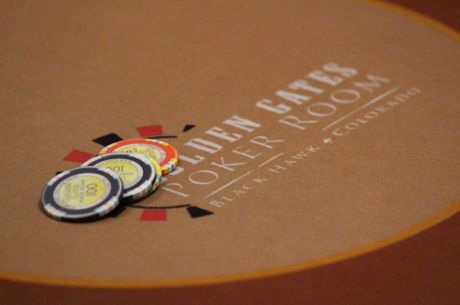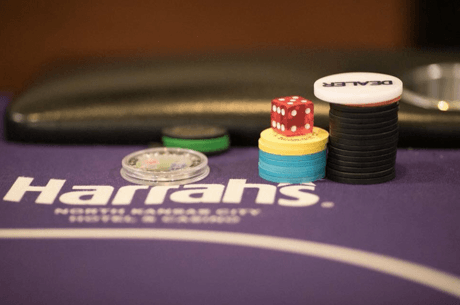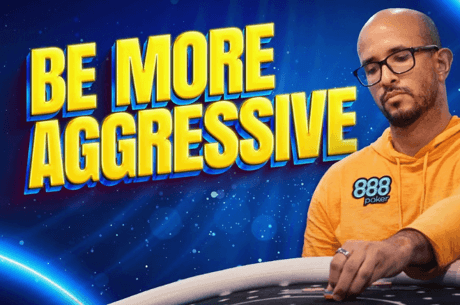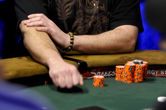Four Spots You Probably Aren't Three-Betting Often Enough
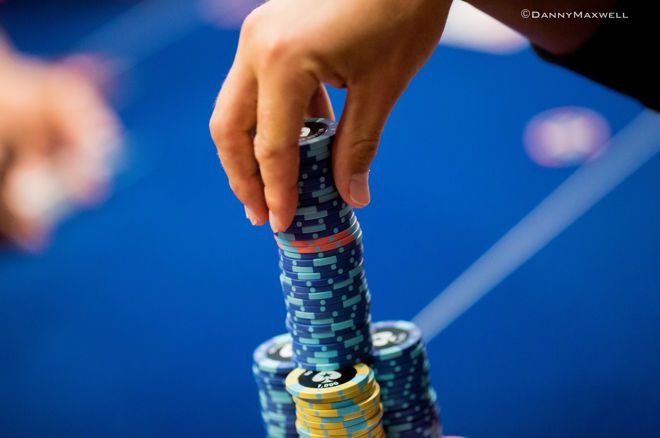
I primarily play in soft small stakes tournaments both live and online. The number one hallmark of these games is that they generally play too passively. This results in much less three-betting than is optimal. If you stick to standard opening poker ranges charts in these games, you can do well, but you will be leaving some money on the table. This is because a less than optimal amount of three-betting allows for a more than optimal amount of open-raising.
The better players in these games have developed a loose-aggressive style designed to take advantage of this passivity. This is something I observe every time I play live tournaments with players who I know to be good, but who make clear "mistakes" with their early position opening ranges. In fact, my coach opens over 40% of hands from under the gun when deep in super soft games. As crazy as that sounds, it works for him because the players simply do not three-bet often enough. Even those of us who have decent three-betting ranges overall don't do it enough in certain spots.
Here are four of the most common spots where players do not three-bet enough in small stakes tournaments.
1. Early Position vs. an Early Position Opener
I mentioned that my coach opens over 40% of hands from UTG in soft games. This is almost three times the amount he should be able to open profitably. A typical player next to act in these games may get squeamish and just flat-call with hands as strong as Q-Q and A-K. They project the opening ranges they learned from charts onto their opponent. They think he is representing a strong range and flat-call because they do not want to face a four-bet.
Another concern preventing players from three-betting from early position is the large number of players left to act. Any of them could wake up with a strong hand and cold four-bet.
What they fail to realize is that this player and everyone else at the table knows how unwilling people are to three-bet in this EP-vs.-EP scenario and will therefore give it too much respect. The same player type who doesn't want to three-bet Q-Q or A-K from EP vs. an EP open certainly will not cold four-bet with these hands with this action in front of them. There are a lot of players left to act, but their four-betting ranges are likely K-K+ only in this scenario.
Of course a standard three-betting range here should consist of Q-Q+ and A-K. This is what you would expect to see in less passive games. It likely ought to include J-J and A-Q as well. However, if I suspect that the UTG player is opening as wide as my coach is, I take advantage of the table's passivity by going much wider than this. I expect to face flat-calls more often than four-bets, so I include hands that play well postflop like suited Broadways and even hands like K-9s and Q-9s.
More often than not, I either take it down preflop or by the turn whenever my opponents cannot beat the overly strong range they think I have. If I and one or two other players at the table take these spots, the early position open-raiser eventually has to get back in line and stop opening so often from up front.
2. Big Blind vs. an Early Position Opener
This idea is even more pronounced when I am in the big blind facing an early position open. You're closing the action and are getting such a great price on a call that you naturally don't want to three-bet and have to fold to a four-bet.
But when you do three-bet in spite of this and against an early position player with a perceived tight range, your range looks incredibly strong. I usually only see this with Q-Q+ and A-K, so I may even fold J-J to this line if I am not getting a good price to set mine. For this reason, you must include more bluffs in this range.
You're probably less likely to be flatted here due to the strength of this range and the larger size you should choose, so you can be more polarized and three-bet hands that don't play as well postflop like Q-9s and K-9s when stacks are deep. When they are shallow, you can go more blocker-heavy with hands like A-9s or A-To since you are even less likely to go postflop.
You want to be a little more careful with hands that you actually want to play postflop like K-Qs and Q-Js. It is absolutely criminal to have to three-bet-fold these hands from the big blind.
3. Big Blind vs. a Late Position Opener
In these sort of passive games, my 40% UTG coach gets even crazier and opens 100% of hands from the button. Of course he gets three-bet more often in this scenario, but not as often as he should given his opening range. The reason for this is simple. Unlike with the first two scenarios, four-betting ranges are wider in this spot and players do not want to be blown off a pretty hand when they are getting such a great price to call.
This is a problem because calling allows the opener to play his wide range profitably after the flop. The same player who does not three-bet enough likely does not check-raise enough, folds too often against small continuation bets, and probably calls down too often on later streets when he is beat. By allowing the opener to keep the initiative throughout the hand, you allow him to turn his small preflop mistake into massively profitable spots postflop.
The fix is to three-bet-fold with some of the trashy hands like A-9s I mentioned in the second section and consider three-bet calling with the nicer ones like K-Qs. This is especially true if you expect to get four-bet more often by hands like A-To and small pairs. A prolific four-bettor will force you to gamble in these spots, but the only alternative is playing passively and letting him over-realize his equity with too wide of a range.
4. Big Blind vs. a Small Blind Opener
Finally, this spot is also often under three-bet for some of the same reasons as the last one. One is that you're still getting a good price to call and do not want to get four-bet.
However, a key difference is now you have the advantage of position throughout the hand. Additionally, the small blind opener may have a stronger range than late position openers because he passed on the opportunity to complete which isn't available to the others. If he would have just completed with weaker hands that the button would be more likely to raise, then it follows that his opening range must be stronger.
These are very important differences between this scenario and the last one �� so much so that I believe this spot actually should be three-bet less often than before. That said, I still believe that it isn't three-bet often enough. Even though the opening range is stronger than before, it still should be wide enough, and therefore weak enough, to contain several raise-folds. Even if the player decides to raise-call, you get to play a bigger pot in position and with the initiative which makes the scenario much more valuable.
Conclusion
The worst thing that can happen when you start to three-bet more often in these spots is the threat of being four-bet, but when was the last time you thought to yourself that a player was four-betting too often? More often than not, his four-betting range contains hands so strong that you wouldn't want to have to play against them further, anyway. In small stakes tournaments where people do not three-bet enough, you won't go too wrong by over-folding to four-bets.
The more likely result is that the opener will eventually start to call more of your three-bets. As stated, this isn't so bad because it means you get to play a big pot with the initiative and often with position. That said, this can still be a tricky spot to navigate if your opponent does not fold to your c-bet. If you are constantly finding yourself in this scenario, you're probably not only making the mistake of not three-betting often enough, but also not three-betting big enough.
One last word about sizing your three-bets. In the past, players could get away with three-bets of 2.5 times the open when in position and 3.5 times the open from out of position, but that was before it became common knowledge that you should defend more often when you are getting a good price. These raise sizes tend to encourage flats.
Nowadays, the best players are going more like 3.5x the open in position and 4.5x the open out of position. This forces your opponent to four-bet or fold more often. This is the exact choice you want to force him to make, especially when he is opening 40% to 100% of hands and doesn't expect you to three-bet often enough.
Incorporating more aggression into your game in this way will make you a tougher opponent, force prolific openers to get back in line, and open the door for you to get out of line with the passive players behind you and win more than your fair share of tournaments.

